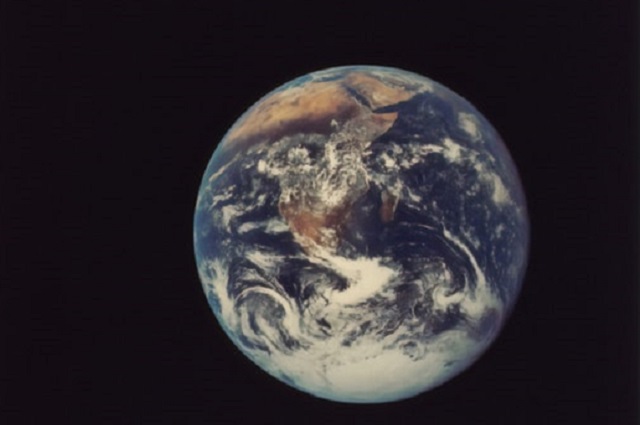There Are 300 Million Possible Other Earths Out There
These planets are known as exoplanets.

According to NASA, about half of the stars out there which are similar to our own sun have planets which could sustain life. This amounts to as many as 300 million worlds which could possibly be colonized by human beings in the far away future.
A study to be published in The Astronomical Journal shows findings about planets which have been discovered outside of our own solar system that orbit other stars. These planets are known as exoplanets.
NASA says that Some of these exoplanets could even be our interstellar neighbors, with at least four potentially within 30 light-years of our Sun and the closest likely to be at most about 20 light-years from us. The agency revealed that by its most conservative estimate 7% of Sun-like stars host such worlds. However, at the average expected rate of 50%, there could be many more.
But 20 light years is a lot farther away than it sounds. That means that it would take 20 years traveling at the speed of light just to reach the nearest habitable planet which may not even have an atmosphere suitable for humans.
And if Einstein’s theories were correct then it is impossible to travel at the speed of light or even close to it. This means that it could take hundreds of years to get to any habitable planets out there.
So any colonization would need to be carried out on generational ships. These are ships where the first people on board know that they will not make it to the destination in their life times and hope that their descendants, born in space, will.
Either that or some sort of suspended animation will need to be developed.
“Kepler already told us there were billions of planets, but now we know a good chunk of those planets might be rocky and habitable,” said the lead author Steve Bryson, a researcher at NASA’s Ames Research Center in California’s Silicon Valley. “Though this result is far from a final value, and water on a planet’s surface is only one of many factors to support life, it’s extremely exciting that we calculated these worlds are this common with such high confidence and precision.”
“We always knew defining habitability simply in terms of a planet’s physical distance from a star, so that it’s not too hot or cold, left us making a lot of assumptions,” said Ravi Kopparapu, an author on the paper and a scientist at NASA’s Goddard Space Flight Center in Greenbelt, Maryland. “Gaia’s data on stars allowed us to look at these planets and their stars in an entirely new way.”
But don’t get too excited about humans colonizes the Galaxy like on Star Trek. We do not yet have any definitive proof of any habitable planets out there and if there are it will take a long time to find out.
We are also generations away from the technology to be able to make such long journeys.
Read more about: NASA



